Frequently asked questions
Company News
- The Fashion Revolution of Aluminum Veneer: The Glorious Turn of Materials
- The magnificent transformation of aluminum veneer: a leap from building materials to art
- Punched aluminum veneer: a fashionable element in modern architecture
- Aluminum veneer punching, a space magician with infinite creativity!
- The fashion comeback of aluminum veneer: from industrial products to household favorites
Industry dynamics
- How to set the strength testing standards for punched aluminum veneer?
- Aluminum veneer: understated luxury in modern architecture
- Aluminum veneer curtain wall, a new chapter in architectural aesthetics
- Aluminum veneer customization, creating a new proposition for personalized space
- Aluminum veneer: the secret of "lightweighting" in architectural aesthetics
Frequently asked questions
- What is the specific application of aluminum veneer in architectural decoration?
- What are the advantages of aluminum veneer?
- What are the precautions for the design and installation of aluminum veneer curtain walls?
- What is aluminum veneer?
- How to choose a suitable aluminum veneer supplier?
contact us
Mobile:+86 15627778610
Email: 2201229786
Address: No. 5 Binjiang Road, High tech Zone, Zhaoqing City, Guangdong Province
What is the production process of aluminum veneer?
- Author: Jinba Aluminum Industry (Guangdong) Co., Ltd
- Release time: 2022-03-18 07:50:11
- Click:0
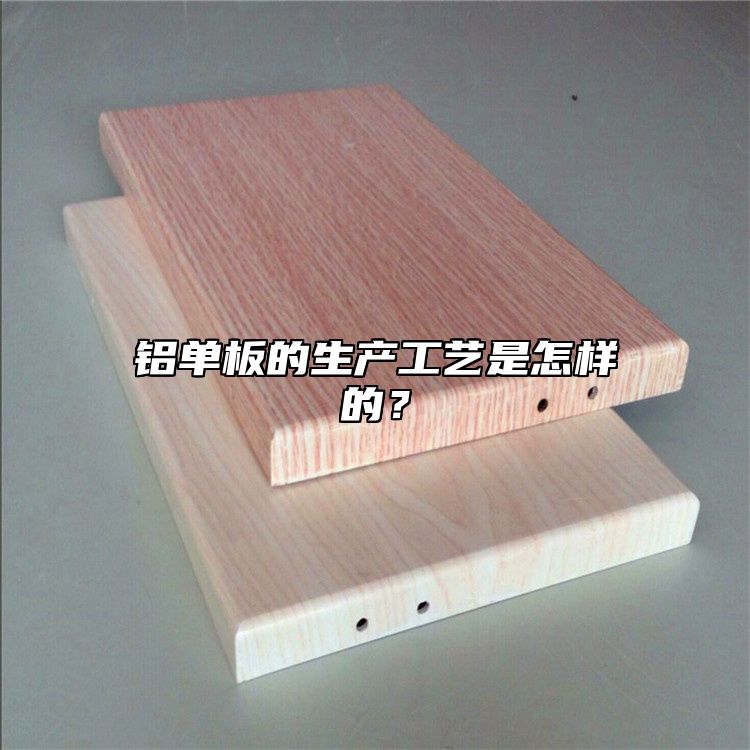
Summary:
This article will elaborate on the production process of aluminum veneer, mainly including the following four aspects: raw material preparation, sheet processing, surface treatment, and finished product manufacturing. By elaborating on each aspect, readers can gain a comprehensive understanding of the production process of aluminum veneer.
1、 Raw material preparation
1. Material selection: The selection of aluminum veneer is a key step in the production process. Firstly, purchase qualified aluminum alloy materials from different suppliers to ensure their stable and reliable quality. Secondly, choose the appropriate alloy grade and plate thickness according to production needs. Finally, conduct material testing, including chemical composition analysis and mechanical performance testing, to ensure that the material meets the requirements.
2. Cutting and straightening: After material selection, aluminum alloy sheets need to be cut and straightened. By using CNC equipment, the board is cut according to the design dimensions and straightened using a flattening device to achieve the specified flatness and dimensional accuracy.
3. Surface pretreatment: In order to improve the adhesion and surface quality of aluminum veneer, surface pretreatment is required. This step usually includes processes such as oil removal, oxidation layer removal, and dust removal. By using methods such as acid washing, sandblasting, or polishing, impurities and oxide layers on the surface of the board are removed to prepare for subsequent coating.
2、 Sheet metal processing
1. Mold making: According to design requirements, make molds suitable for aluminum veneer production. The precision of mold production directly affects the forming quality of aluminum veneer, so it is necessary to strictly control the size and processing accuracy of the mold.
2. Stamping and Forming: Stamping and forming aluminum alloy sheets using molds. Through the operation of stamping machinery, the sheet metal is formed into various shapes according to design requirements, such as flat plates, arcs, etc. The stamping and forming process requires controlling parameters such as temperature, pressure, and time to ensure the quality of sheet metal forming.
3. Hole processing: Processing holes on aluminum veneer according to design requirements. This step can be completed through traditional drilling methods or automated machining using CNC equipment. Regardless of the method used, it is necessary to control the position, size, and spacing of the holes to ensure consistency with the design.
3、 Surface treatment
1. Chemical treatment: Surface treatment of aluminum veneer typically includes anodizing and electrophoretic coating. Anodizing is a process of electrolytic treatment that forms a dense oxide film on the surface of an aluminum plate, improving its corrosion resistance and hardness. Electrophoretic coating, on the other hand, involves immersing an aluminum veneer into a coating and using an electric field to evenly adhere the coating to the surface of the aluminum plate.
2. Color coating: Apply color coating to aluminum veneer according to customer requirements. By using spray or powder coating techniques, the desired color of paint is evenly sprayed onto the surface of the aluminum plate to create a beautiful appearance. During the painting process, it is necessary to control the thickness, uniformity, and adhesion of the coating to achieve the desired effect.
3. Texture processing: To enhance the visual effect of aluminum veneer, texture processing can be performed. This step is usually carried out by an embossing machine, rolling rollers of different textures on the surface of the aluminum plate to form unique texture effects, such as wood grain, stone grain, etc.
4、 Finished product manufacturing
1. Cutting and processing: After surface treatment, aluminum veneer needs to undergo final cutting and processing. According to the design requirements, use CNC equipment to cut the aluminum veneer according to the size requirements, and perform edge treatment, bending and other processing at the required positions.
2. Quality inspection: Conduct quality inspection on finished aluminum veneer. Mainly including appearance inspection, size measurement, thickness testing, coating adhesion testing, etc. Only through strict quality testing can we ensure that the product meets the design requirements and customer needs.
3. Packaging and transportation: Aluminum veneer that has passed quality inspection is packaged and labeled, and safely transported to the destination. Appropriate packaging and transportation methods can protect the surface of aluminum veneer from damage and ensure that the product is delivered intact to the customer.
5、 Summary:
Through the detailed explanation of the above four aspects, we understand that the production process of aluminum veneer is very complex, including multiple links such as raw material preparation, sheet processing, surface treatment, and finished product manufacturing. Each stage requires precise control of parameters to ensure product quality meets requirements. Aluminum veneer, as a widely used building decoration material, has been highly recognized by the market for its unique appearance and excellent performance.

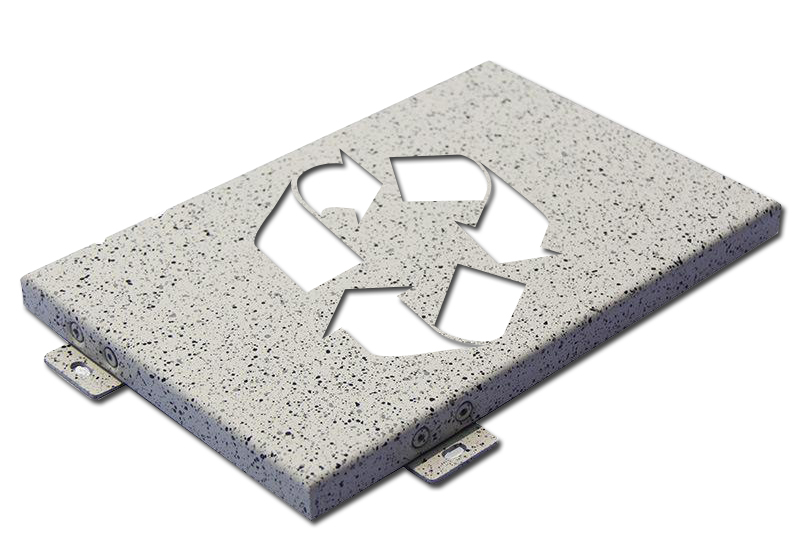
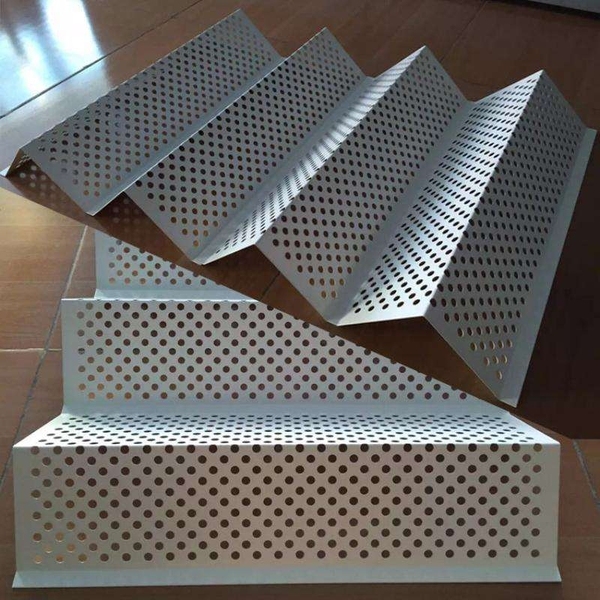
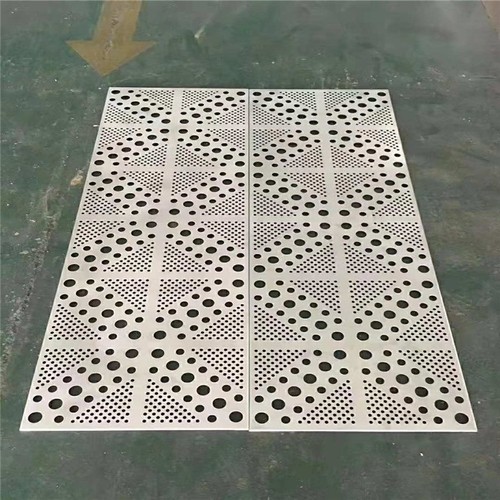
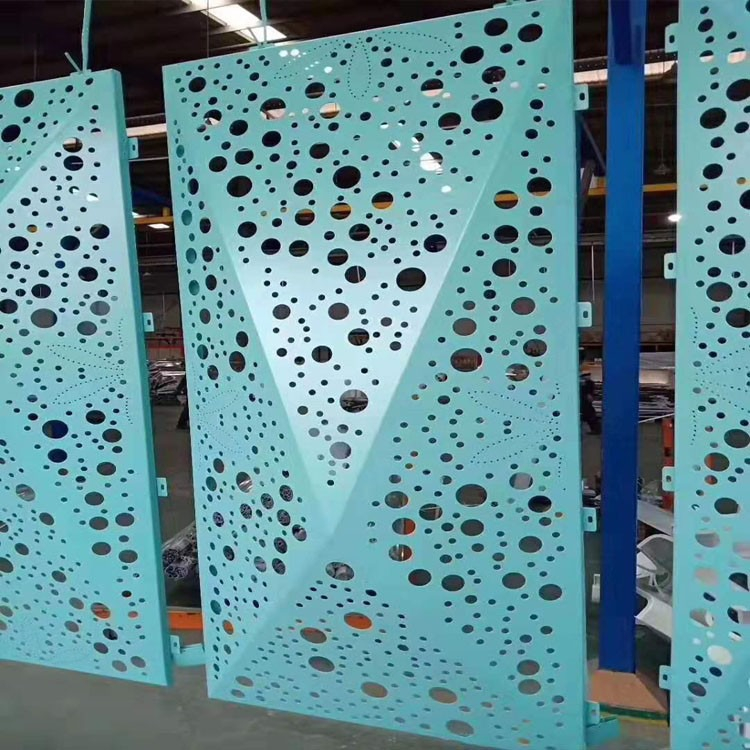
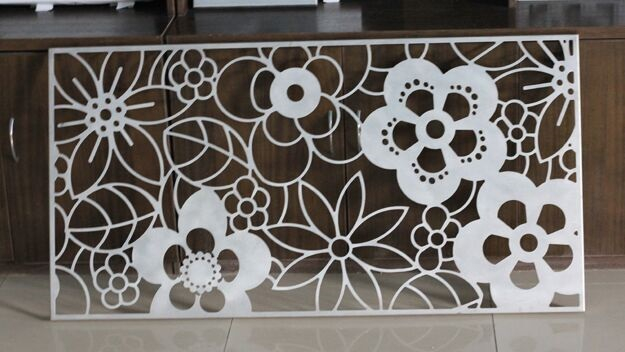

 Customer service QQ
Customer service QQ